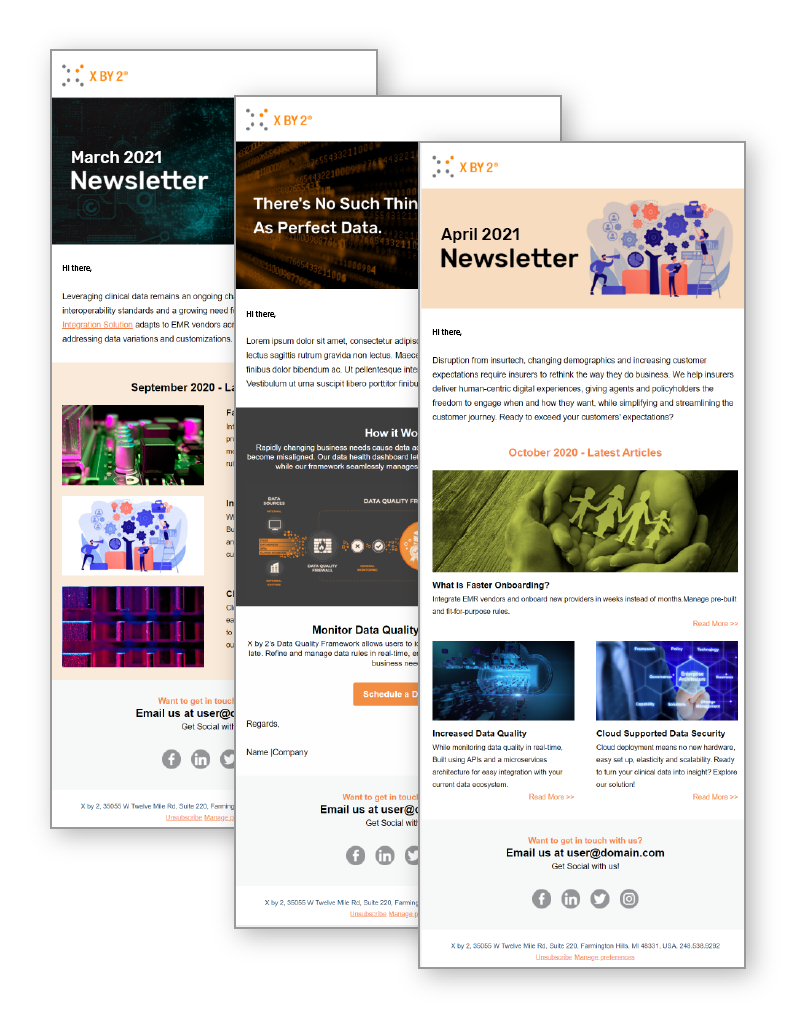Digital transformation in the insurance sector is often touted as the solution for boosting operational efficiency, customer satisfaction and financial performance. Yet, at a recent conference, a spea...
The insurance industry, known for its cautious approach, is on the brink of a major revolution. Artificial Intelligence (AI) and Machine Learning (ML) promise to streamline processes, enhance decision...
Insurance has always been an analytics business. At the core, an insurer’s ability to set premiums, maintain reserves and meet capital needs is rooted in actuarial analysis. To accurately price risk f...
The US long-term care (LTC) and, more specifically, the long-term care insurance (LTCI) sectors are going through a massive shift. Consumers, care providers and insurers are all under financial pressu...
Increased competition and customer expectations are pushing insurers to accelerate their modernization efforts. Traditionally, a platform or system modernization is one large initiative executed over ...
The innovation around self-driving, autonomous vehicles is at a crossroads. Late last year, Cruise, GM’s autonomous vehicle subsidiary, paused all driverless operations following an accident. More rec...
Being an insurance CIO is one of the toughest leadership roles in today’s world. From reducing risk, to ensuring compliance, to budgeting, CIOs have always had many responsibilities. However, the chal...
ITC Vegas is one of the largest conferences in the insurance industry, boasting over 9,000 attendees and 500+ sponsors. As a young marketing professional who had never traveled for business before, at...
The term “digital divide” was coined in the mid-1990’s by consumer groups who were concerned that the growth and spread of the Internet would lead to those who had access to the Internet, and those wh...
Insurance has always been a data-driven business, from ancient waybills recorded on papyrus under the Code of Hammurabi, to the charters of the first property insurers after the Great Fire of London. ...
For any life insurer, future success means resonating with demographically diverse generations of new consumers where they live—and that’s increasingly in a digital world. For those fans of the early ...
Over a decade ago, the technology world was a bit different. Web forms were the standard, databases were relational, and clouds were aloft in the sky. Since then, the industry has adopted new patterns...













